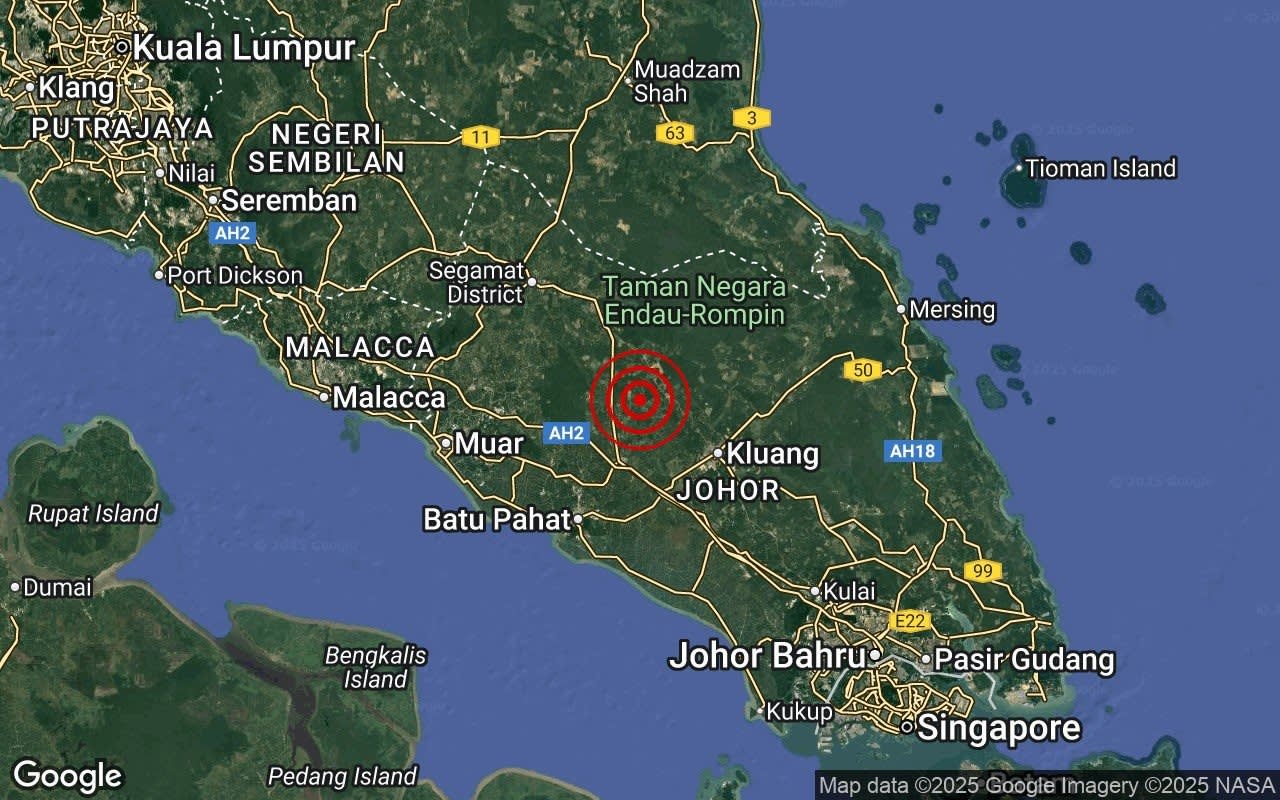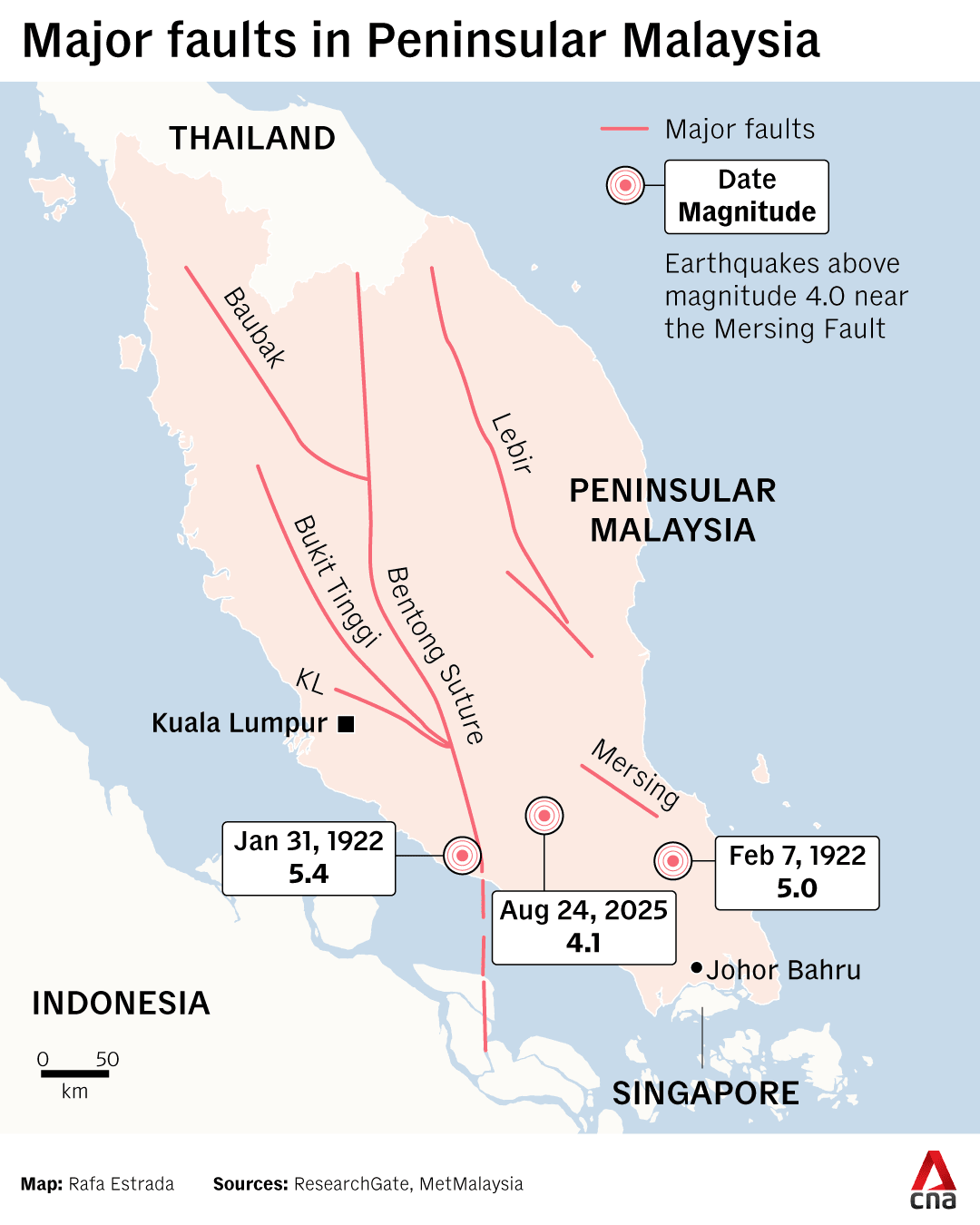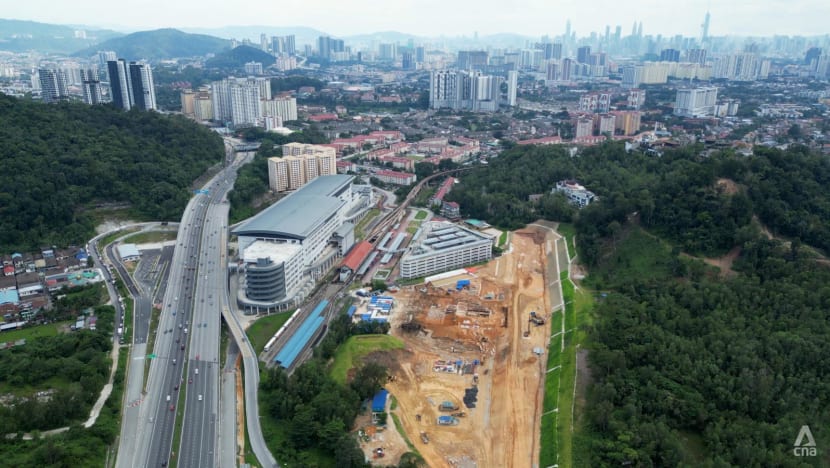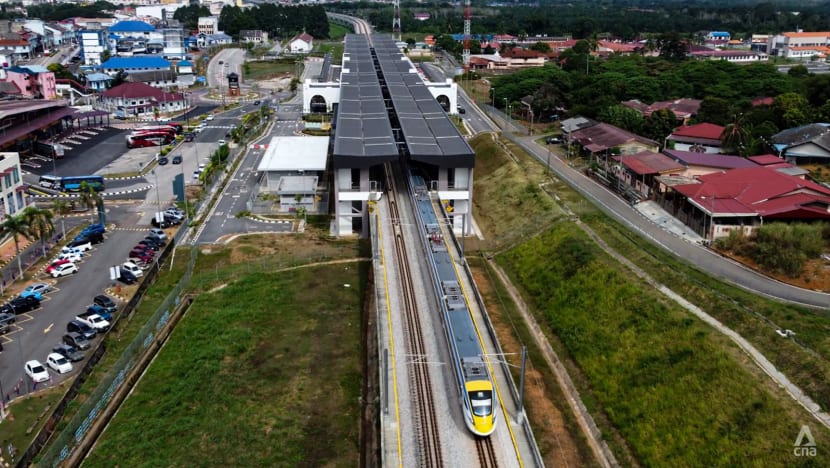MORE MONITORING KEY TO UNDERSTANDING SEISMIC ACTIVITIES
Geologists added that authorities in this region should consider allocating more resources to understanding earthquake activities in this region to mitigate their risks to public safety.
ASM’s Azlan posited that the current situation in the Mersing-Segamat corridor was “serious” and that authorities should consider installing more seismometers and a strong-motion accelerograph network in the southern part of the peninsula to record actual site tremors.
An accelerograph network is a system of connected accelerographs - which are instruments that measure the intensity of strong ground motion during an earthquake - deployed across a region to collect data.
Azlan added that it was also important for the lines of communication to the public to be integrated with MetMalaysia updates and that more audits be done for buildings and critical infrastructure to ensure they comply with the building code.
Meltzner of NTU added that increased monitoring of seismic activities - both in Malaysia and Singapore - would help scientists better understand the hazards in the Malay Peninsula.
However, he warned that a truly effective warning system must be customised to fit the requirements of the region, and warned that a reliable system could take years to develop.
“In California, this took more than two decades to develop, and it’s still not perfect,” said Meltzner.
Experts also expressed concerns over how earthquakes could impact rail network systems in the region, especially with Malaysia beefing up its railway infrastructure through projects like the East Coast Rail Link and other high-speed rail initiatives.























